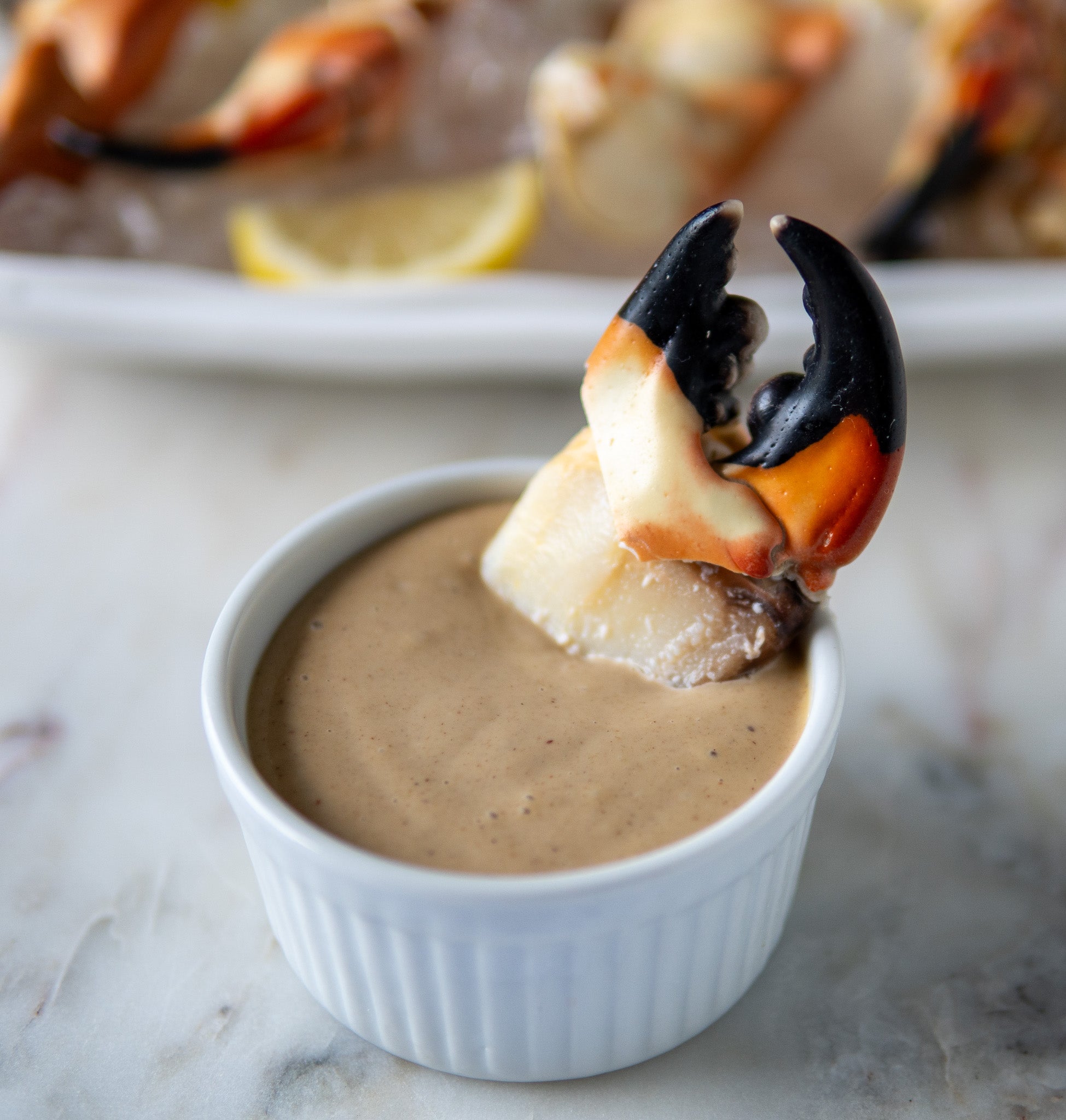Stone Crab vs Jonah Crab: Visual ID Guide
When it comes to ordering crabs at a seafood market or restaurant, many people find themselves confused between Stone Crab and Jonah Crab. At first glance, their reddish-brown shells and sturdy claws make them look alike. But knowing the difference matters: Stone Crab claws are prized for their sweet flavor and higher price, while Jonah Crab often appears as a more affordable alternative. Beyond taste and cost, there are also sustainability considerations since Stone Crabs are harvested differently to protect populations. Let’s break down how to confidently tell them apart and avoid common buying mistakes.
Quick Comparison (At a Glance)
Stone Crabs are known for their meaty claws, distinctive black tips, and limited harvest season in Florida, which makes them more expensive. Jonah Crabs, on the other hand, are harvested year-round in the North Atlantic and are often sold as a budget-friendly substitute. Stone Crabs are almost always sold by the claw, while Jonah Crabs are typically sold whole or as picked meat.
Stone Crab Identification
Shape, Size, and Coloration
Stone Crabs usually have a round, smooth carapace with a tan to reddish-brown color and lighter underbelly. They are medium-sized crabs, with bodies averaging 5–6 inches across. The claws, however, are their defining feature: thick, heavy, and often larger than the body itself.
Unique Claw Features (black tips, bulkiness)
The most recognizable marker of a Stone Crab is its bulky claws with jet-black tips. These claws are not only visually distinctive but also packed with dense, sweet meat. Because only claws are harvested, Stone Crabs are released back into the water to regenerate, making claw identification critical.
Jonah Crab Identification
Shape, Size, and Coloration
Jonah Crabs have a rougher, more oval-shaped shell compared to the Stone Crab’s smooth roundness. Their color leans toward a mottled reddish-brown with small darker spots. They are generally smaller in body size than Stone Crabs but are still considered a good source of crabmeat.
Differences in Claws and Legs
While Jonah Crabs have strong claws, they lack the Stone Crab’s exaggerated bulk and black tips. The claws are more slender, with a reddish color throughout. Jonah Crab legs are also more often sold for meat, unlike Stone Crabs where the focus is strictly on claws.
Habitat & Harvest Differences
Stone Crabs are harvested mainly in the warm waters of Florida and the Gulf of Mexico, with strict seasonal rules from October to May. Only the claws are taken, and the crab is returned to regrow them. Jonah Crabs are found in colder waters off the Northeastern U.S. and Canada, with fewer restrictions and year-round availability. This difference in habitat and harvest explains why Stone Crab is considered a luxury delicacy, while Jonah Crab is more widely available and affordable.
Common Mistakes When Buying or Ordering
Many buyers assume Jonah Crab claws are Stone Crab claws because of their similar reddish shells. Restaurants and markets sometimes substitute Jonah Crabs due to price differences, especially outside Florida. To avoid confusion, always look for the Stone Crab’s black-tipped claws and ask about the harvest source. If the claws look uniform in color and lack bulkiness, you’re likely looking at Jonah Crab.
Conclusion
Being able to tell the difference between Stone Crab and Jonah Crab comes down to careful observation of their claws, shells, and sourcing. Stone Crabs bring a unique flavor and higher price, while Jonah Crabs provide a more affordable option. By paying attention to visual markers and asking the right questions when buying or ordering, you can confidently choose the crab that best suits your taste, budget, and sustainability values.



